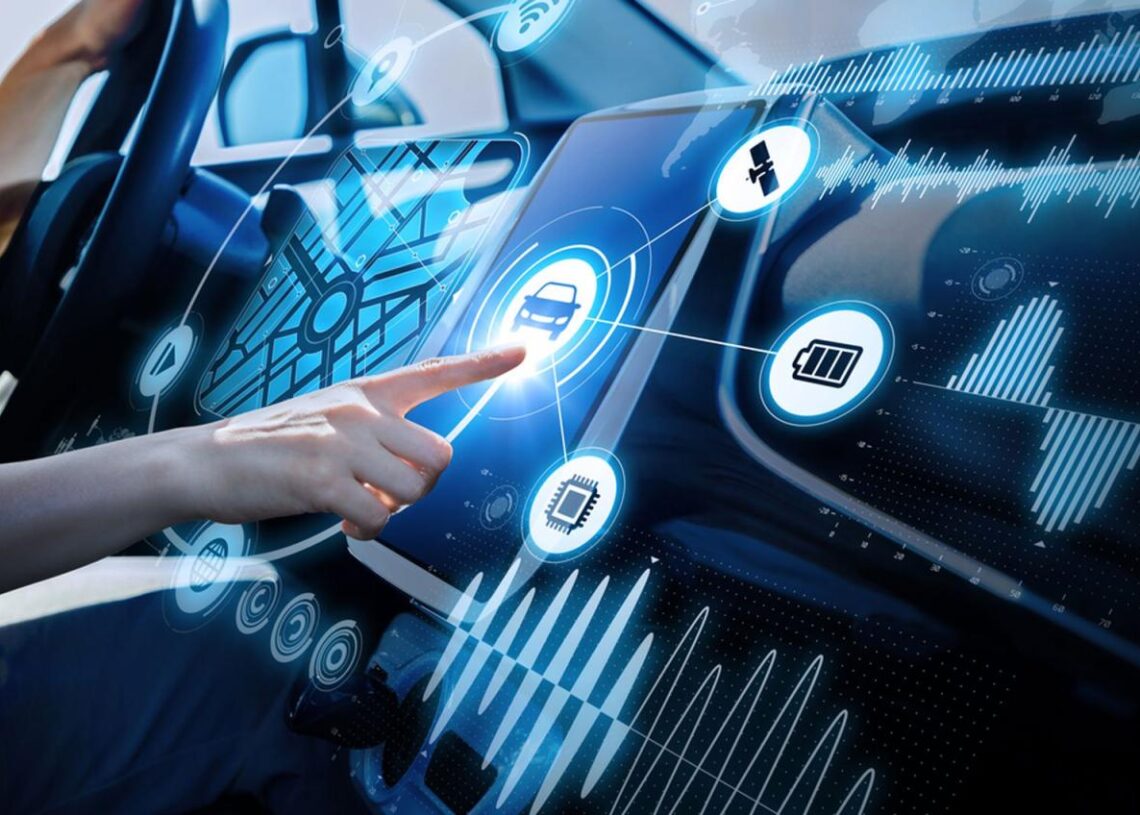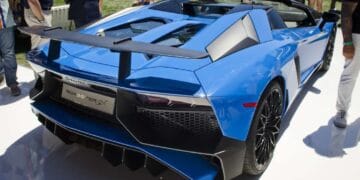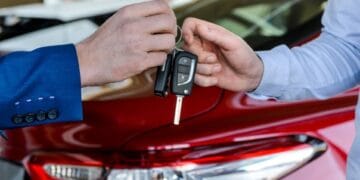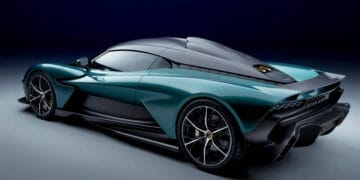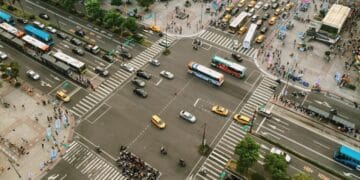The Networked Journey
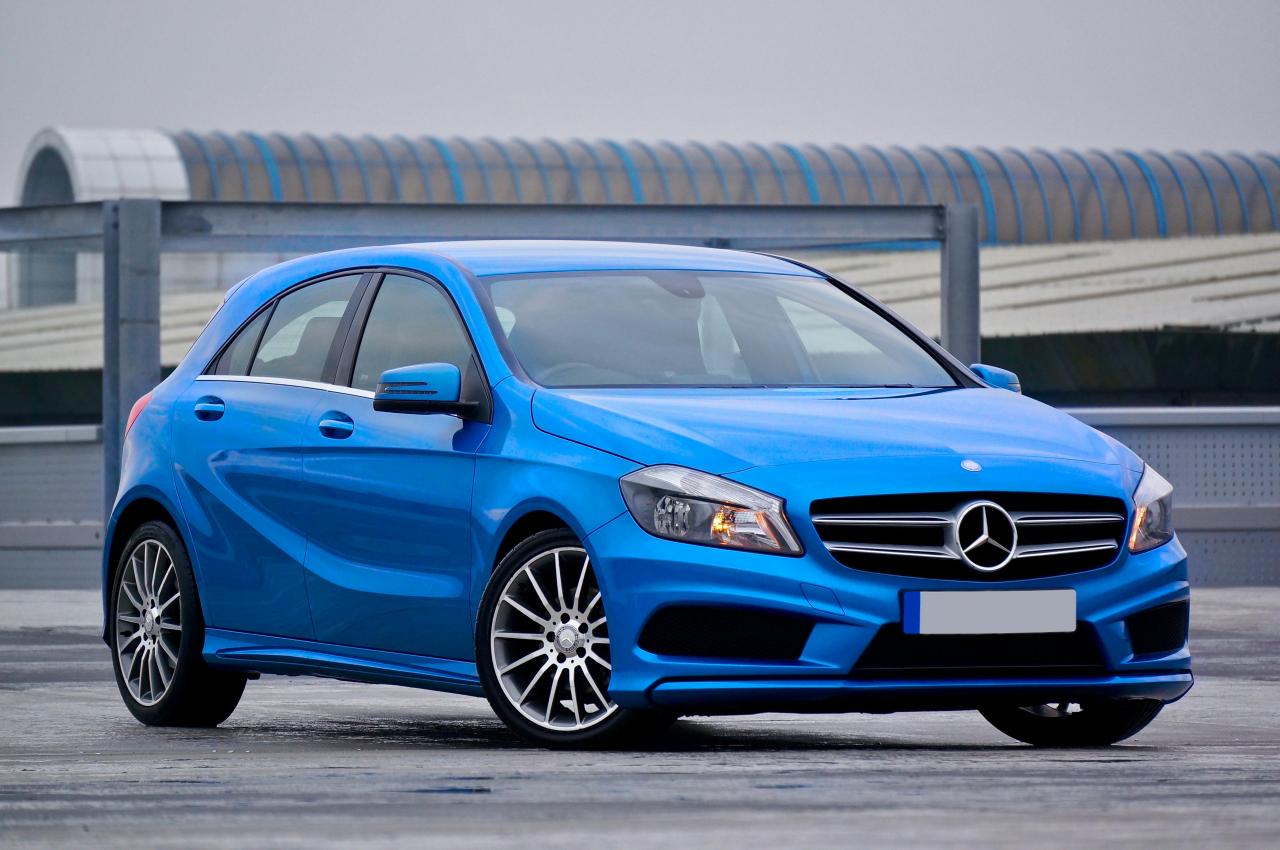
For decades, driving has largely been a solitary experience, with a car’s primary function limited to physical transport. However, the advent of pervasive connectivity is fundamentally altering this dynamic. The connected car is a vehicle that can send and receive data, communicate with other vehicles, infrastructure, and the cloud, and provide a rich array of services that extend far beyond basic navigation. This transformation is driven by a desire for enhanced safety, optimized traffic flow, personalized in-car experiences, and the seamless integration of our digital lives into our mobility.
The excitement surrounding the connected car future stems from its promise of a smarter, safer, and more convenient driving experience. Imagine a car that anticipates traffic jams and reroutes you proactively, warns you of hidden hazards before you see them, and allows you to stream your favorite content or conduct a video conference from the comfort of your cabin. For cities, it means the potential for dramatically reduced congestion and pollution. For businesses, it unlocks unprecedented opportunities for data-driven services and optimized logistics. This confluence of technological capability and a growing demand for seamless, intelligent mobility ensures that the connected car is not just a trend, but the defining characteristic of future transportation.
Core Technologies Powering the Connected Car
The sophisticated capabilities of connected cars are built upon a foundation of cutting-edge technologies that enable seamless data exchange and intelligent decision-making:
A. Advanced Connectivity Modules:
A. 5G and Beyond: High-speed, low-latency cellular connectivity (5G, evolving to 6G) is paramount. It enables real-time data exchange for critical safety features, massive data downloads for infotainment, and reliable communication for autonomous driving.
B. Wi-Fi Hotspots: Integrated Wi-Fi hotspots allow passengers to connect their personal devices to the internet, turning the car into a mobile office or entertainment hub.
C. Bluetooth: Essential for short-range device connectivity, such as hands-free calling, audio streaming, and seamless smartphone integration.
B. Vehicle-to-Everything (V2X) Communication:
A. V2V (Vehicle-to-Vehicle): Allows cars to communicate directly with each other, sharing information about speed, direction, braking events, road hazards (e.g., sudden lane changes, accidents ahead), and blind-spot warnings. This creates a collective awareness far beyond what individual sensors can provide.
B. V2I (Vehicle-to-Infrastructure): Enables cars to communicate with intelligent road infrastructure, such as smart traffic lights, road sensors, parking garages, and construction zones. This can optimize traffic flow, provide real-time parking availability, and warn of road closures or dangerous conditions.
C. V2P (Vehicle-to-Pedestrian/Cyclist): Emerging technology that allows cars to communicate with vulnerable road users carrying compatible devices (e.g., smartphones, smartwatches), alerting both the driver and the pedestrian/cyclist to potential collision risks.
D. V2N (Vehicle-to-Network/Cloud): The communication backbone that connects vehicles to central servers, cloud-based services, and data analytics platforms for infotainment, navigation updates, remote diagnostics, and over-the-air (OTA) updates.
C. High-Precision Positioning Systems:
A. Enhanced GPS: Beyond standard GPS, connected cars use more advanced multi-band GPS receivers and GNSS (Global Navigation Satellite Systems) like GLONASS, Galileo, and BeiDou for highly accurate location data.
B. Inertial Measurement Units (IMUs): Supplement GPS by tracking the vehicle’s movement, orientation, and acceleration, providing continuous precise positioning even when satellite signals are momentarily lost (e.g., in tunnels or urban canyons).
C. HD Mapping: Cloud-based, constantly updated High-Definition (HD) maps provide lane-level precision and detailed road information crucial for advanced driver-assistance systems (ADAS) and autonomous driving.
D. Advanced Sensors and Sensor Fusion:
A. Cameras, Radar, LiDAR, Ultrasonic: While essential for autonomous driving, these sensors also feed real-time environmental data to the connected car’s systems, enhancing awareness for safety applications and data collection.
B. Sensor Fusion Algorithms: Intelligent algorithms combine data from multiple sensor types to create a more robust and accurate understanding of the vehicle’s surroundings, compensating for individual sensor limitations.
E. Artificial Intelligence (AI) and Machine Learning (ML):
A. Predictive Analytics: AI analyzes traffic patterns, driver behavior, and environmental data to predict potential hazards, optimize routes, and personalize in-car experiences.
B. Natural Language Processing (NLP): Enables advanced voice assistants for intuitive control of vehicle functions, navigation, and infotainment.
C. Personalization Engines: AI learns driver preferences (e.g., climate settings, music, seat positions, preferred routes) and automatically adjusts vehicle settings.
F. Cloud Computing and Big Data Analytics:
A. Massive Data Storage: Connected cars generate enormous amounts of data. Cloud platforms provide the storage and processing power needed to handle this data.
B. Insights and Services: Data analytics extracts insights from aggregated vehicle data for traffic optimization, predictive maintenance, new mobility services, and urban planning.
C. Over-the-Air (OTA) Updates: Cloud-based systems enable seamless remote software updates for the vehicle’s operating system, infotainment, ADAS, and even powertrain control units.
The Myriad of Services Unlocked by Connectivity
The connected car is a platform for an ever-expanding suite of services that enhance every aspect of the driving and passenger experience:
A. Enhanced Safety and Security:
A. Automatic Emergency Call (eCall): Automatically alerts emergency services in the event of a severe crash, providing precise location data.
B. Remote Diagnostics: Vehicle systems can self-diagnose issues and send alerts to the driver or service center, enabling proactive maintenance.
C. Stolen Vehicle Tracking: GPS and cellular connectivity allow for tracking and recovery of stolen vehicles.
D. Predictive Maintenance: AI analyzes vehicle performance data to predict component failures before they occur, allowing for scheduled, preventive repairs.
E. Real-time Hazard Warnings: Vehicles can warn each other and the driver about black ice, heavy rain, or accident debris further down the road, even if the individual vehicle’s sensors haven’t detected it yet.
B. Optimized Navigation and Traffic Management:
A. Real-time Traffic Information: Highly accurate, minute-by-minute traffic data for intelligent rerouting around congestion.
B. Predictive Routing: AI-powered navigation that learns driver habits and anticipates future traffic to suggest optimal routes.
C. Parking Assistance: Real-time information on available parking spaces in urban areas, including pricing and guidance to the spot.
D. Dynamic Tolls: Integration with electronic toll collection systems for seamless passage and dynamic pricing based on congestion.
C. In-Vehicle Infotainment and Entertainment:
A. Streaming Services: Seamless integration of music, video, and podcast streaming platforms.
B. App Ecosystems: Access to a wide range of in-car apps for productivity, games, or social interaction, often through dedicated app stores.
C. Personalized Content: AI-curated content (news, music, podcasts) based on driver/passenger preferences.
D. Multi-Screen Displays: Separate screens for front and rear passengers, offering personalized content and control.
D. Convenience and Productivity:
A. Remote Vehicle Control: Via smartphone apps: remote start/stop, door lock/unlock, climate pre-conditioning, checking fuel/charge status, locating the vehicle.
B. In-Car Payments: Secure systems for paying for fuel, parking, tolls, or even drive-through orders directly from the vehicle’s infotainment system.
C. Voice Assistants: Integration with personal AI assistants (e.g., Google Assistant, Alexa, car-specific AIs) for hands-free control of vehicle functions and digital tasks.
D. Mobile Office Functionality: Integration with productivity suites, video conferencing tools, and robust connectivity for working on the go, especially relevant as autonomous features free up driver attention.
E. Smart Home Integration:
A. Seamless Connectivity: Control smart home devices (lights, thermostat, garage door) directly from the car’s infotainment system.
B. Geo-fencing Automation: Automating home functions (e.g., turning on lights, adjusting thermostat) as the car approaches or departs.
Impact on Industries and Urban Development
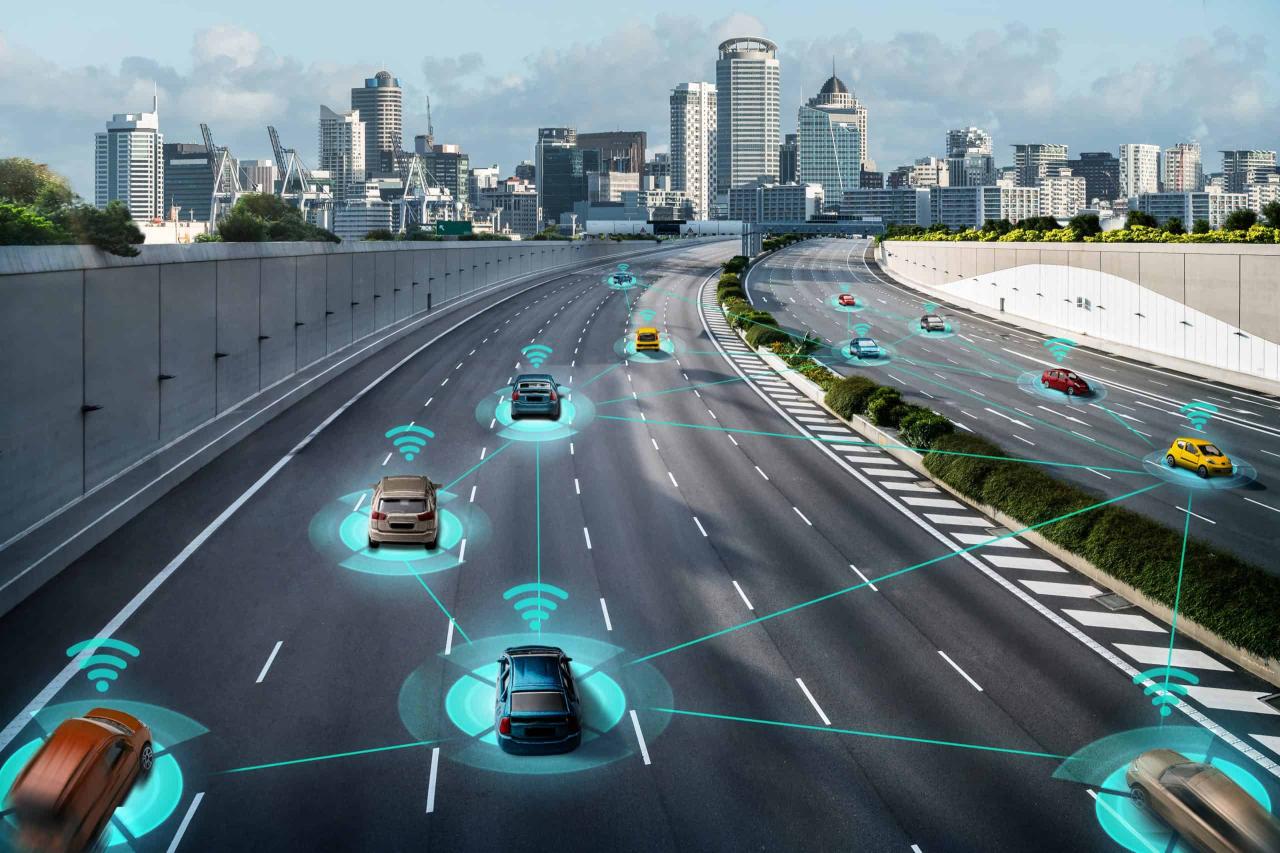
The rise of the connected car has far-reaching implications beyond the individual vehicle, transforming entire industries and urban landscapes:
A. Automotive Industry Transformation:
A. Shift to Software: Automakers are becoming software companies, investing heavily in software development, AI, and data analytics.
B. New Revenue Streams: Opportunities for subscription services (e.g., for advanced features, data services), in-car commerce, and personalized advertising.
C. Enhanced Customer Relationships: Continuous engagement with customers through connected services and OTA updates.
B. Insurance Industry Evolution:
A. Usage-Based Insurance (UBI): Premiums based on actual driving behavior (telematics data), incentivizing safer driving.
B. Predictive Risk Assessment: More accurate assessment of accident risk based on connected car data, potentially leading to more personalized premiums.
C. New Liability Models: As autonomy increases, liability for accidents may shift from drivers to manufacturers or software providers.
C. Urban Planning and Traffic Management:
A. Reduced Congestion: V2I communication and real-time traffic data enable smart traffic light systems and dynamic rerouting, optimizing urban traffic flow.
B. Smart Parking: Real-time parking availability data reduces time spent searching for parking, easing congestion.
C. Emergency Response: Connected cars can alert emergency services faster and provide more accurate accident location data, improving response times.
D. Public Transit Optimization: Data from connected cars can help optimize public transport routes and schedules based on real-time demand.
D. Logistics and Fleet Management:
A. Optimized Routes: Real-time tracking and route optimization for commercial fleets, reducing fuel consumption and delivery times.
B. Predictive Maintenance for Fleets: Minimizing vehicle downtime through proactive servicing based on remote diagnostics.
C. Enhanced Asset Utilization: Better management and deployment of fleet vehicles based on connectivity data.
E. Advertising and Retail:
A. Location-Based Services: Personalized offers and advertisements delivered to the car based on its location (e.g., nearby restaurants, stores).
B. In-Car Commerce: Opportunities for purchasing goods and services directly from the vehicle.
Challenges and Hurdles for the Connected Car Future
Despite the immense promise, the widespread adoption of connected cars faces significant challenges:
A. Cybersecurity:
A. Vulnerability to Hacking: Connected cars present a massive attack surface for hackers. Protecting vehicle systems, personal data, and critical functions from malicious attacks is paramount.
B. Data Integrity: Ensuring the authenticity and integrity of data flowing to and from the vehicle to prevent manipulation.
B. Data Privacy and Ownership:
A. Personal Data Collection: Connected cars collect vast amounts of personal data (location, driving habits, in-car activities). Ensuring robust privacy policies and giving users control over their data is critical.
B. Data Ownership: Debates over who owns the data generated by the vehicle: the driver, the manufacturer, or third-party service providers.
C. Regulatory and Legal Frameworks:
A. Harmonization: The need for consistent international regulations regarding data privacy, V2X communication standards, and software liability.
B. Liability in Accidents: Determining fault when a connected car’s systems contribute to an accident is a complex legal challenge.
C. Spectrum Allocation: Securing dedicated wireless spectrum for V2X communication to ensure reliability and safety.
D. Infrastructure Readiness:
A. 5G Rollout: The widespread availability of robust 5G infrastructure is crucial, especially in developing markets like Indonesia, to support the full potential of V2X and high-bandwidth services.
B. Smart City Integration: Requires significant investment in smart road infrastructure (traffic lights, sensors) that can communicate effectively with connected cars.
C. Legacy Vehicles: The challenge of integrating older, non-connected vehicles into the smart mobility ecosystem.
E. Cost and Accessibility:
A. Technology Cost: The advanced hardware and software required for full connectivity can add to vehicle costs, potentially limiting accessibility in some markets.
B. Subscription Fees: Many connected services are offered on a subscription basis, which can be an ongoing cost for consumers.
F. Public Acceptance and Trust:
A. Understanding Benefits: Educating consumers about the true value and safety benefits of connected features, beyond just entertainment.
B. Addressing Concerns: Building trust by transparently addressing concerns about data privacy, security, and potential system failures.
Conclusion
The connected car future is rapidly materializing, fundamentally transforming the relationship between humans, vehicles, and their environment. By weaving advanced connectivity, sophisticated sensors, and intelligent AI into the very fabric of automobiles, we are moving towards a paradigm of truly intelligent mobility. This evolution promises not just unprecedented levels of safety through proactive hazard detection and communication, but also a new era of convenience, entertainment, and productivity within the vehicle.
While the journey ahead involves navigating significant challenges related to cybersecurity, data privacy, and infrastructure development, the collective will of governments, industries, and consumers is driving this transformation forward. The connected car is more than just a technological marvel; it’s a foundational element of smart cities, efficient logistics, and a seamless, personalized transportation experience that promises to make every journey safer, more enjoyable, and ultimately, more integrated into the digital lives we lead. The future of driving is here, and it’s brilliantly connected.

